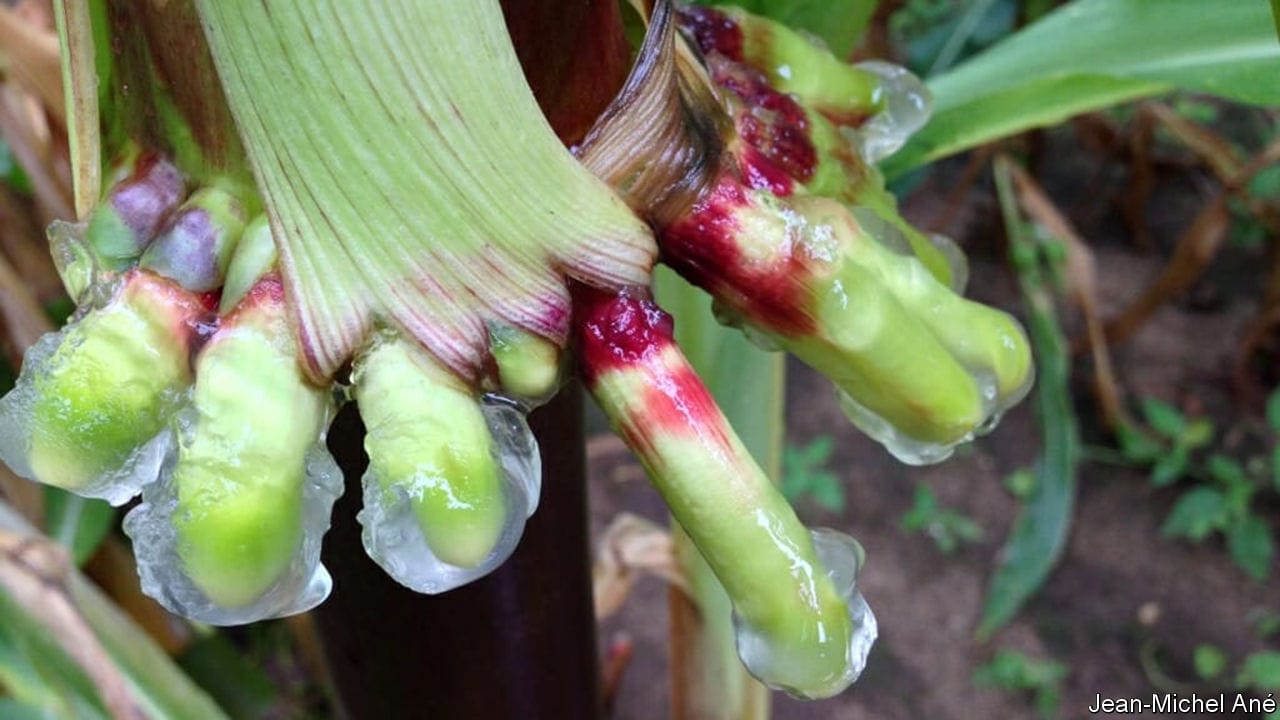- by
- 07 24, 2024
-

-
-
Loading

Loading


PLANTS NEEDDNA nitrogen to make proteins and . But though this element is abundant in the air, they have failed to evolve the biochemical apparatus needed to break up nitrogen molecules and combine the resulting atoms with other elements (a process called “fixing”) in order to feed it into their biochemical pathways. Some bacteria have, however, managed this trick. And some plants, notably legumes, have worked out how to play host to these nitrogen-fixing bacteria by encouraging them to invade the cells of their roots, and by growing special root nodules to encourage such cohabitation.At the moment, farmers overcome the inability of most crops to fix nitrogen either by crop rotation (planting fields with legumes every few years to refresh the soil with nitrogenous compounds) or by applying artificial fertiliser. But fertiliser, on which about half of the world’s food production now relies, costs money and (a more modern worry) is manufactured using a lot of fossil fuel in the form of natural gas. It has therefore long been a dream of agricultural scientists to fit out cereal crops with their own bacteria-hosting nodules, or similar organs, so as to permit them to fix their own nitrogen.